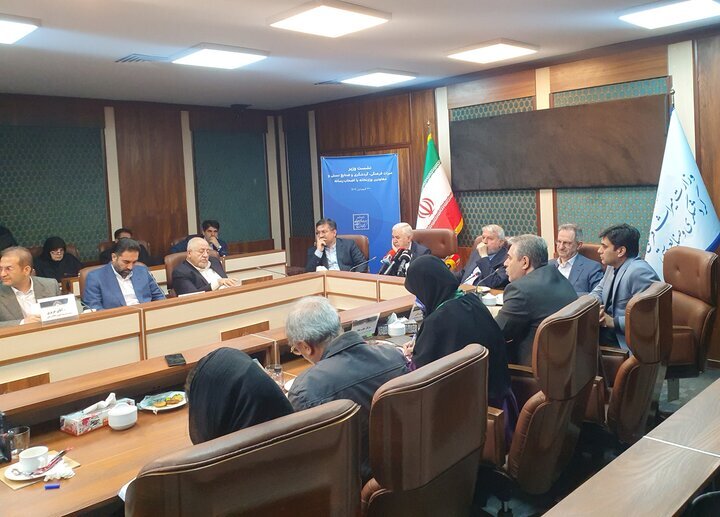Tehran – Iran has officially submitted two major cultural heritage documents to UNESCO for potential inscriptions on the World Heritage Site. It is the historic Falak ol Aflac Fortress, along with the ancient decorative mirror decorative art known as Ain Kali and the cultural landscape surrounding the province of Lorestan.
Deputy Minister of Cultural Heritage Ali Dharabi announced the development at a press conference on Saturday, expressing her hope that both files will be internationally recognized in the upcoming UNESCO assessment round.
“We are optimistic about the success of their inscription on the UNESCO list.”
If successful, these additions will further highlight the diverse contributions to Iran’s global heritage and strengthen efforts to preserve centuries of tradition and landmarks, the Deputy Minister concluded.
Ayeneh-kari: A sparkling tradition
The origin of Ayeneh-Kari dates back nearly 2,700 years to the Achemenid period in Iran, when artisans first converted polished stones and metals into reflective surfaces. This technique reached an artistic peak during the Safavid and Kajal dynasties, with mirrors being intricately cut into floral patterns and geometric patterns, adorning palaces, mosques and spirits. Iconic examples of this breathtaking craft can still be found at Cheher Sotun Palace in Isfahan and at Shams All Emmare in Tehran.
Falak-ol-Aflak: a cultural and historic landmark
The fortress of Falak ol Aphraq in western Iran rises above the city of Horamabad, where eight impressive fortresses are located. Rather than merely a military structure, the site represents a rich tapestry of Iran’s cultural, natural and historical heritage. The surrounding scenery includes prehistoric caves, the Horamabad Valley, historic bridges and rivers that meander through the city centre. At night, the fortress is illuminated and offers impressive views that attract both local and international tourists. Experts believe that the site’s historical architecture and natural beauty will make it a major candidate for UNESCO recognition.
morning

